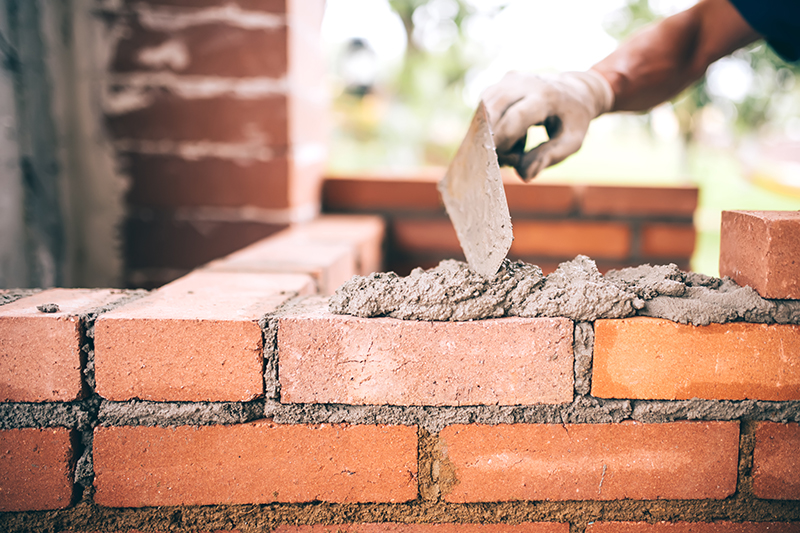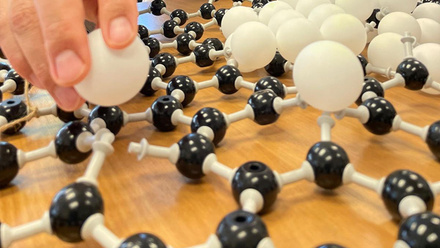Testing mortars
A new test method for mortar’s durability has been published and trialled by Lucideon.

The principle involves a panel of clay bricks with mortar known to be frost resistant, and when the mortar is hardened sufficiently, the panel is immersed in water for seven days. It is subsequently cooled and the water at the exposed face is repeatedly thawed and refrozen to cause damage – this determines the freeze/thaw resistance.
Tests were carried out on a range of mortars on panels of the same type of brickwork at Doveholes near Buxton, UK, in a number of exposure conditions, for example, brickwork in cappings. They were then left for nine years with regular inspection.
Lucideon has developed the test for cement manufacturers that are seeking to reduce the amount of ordinary Portland cement (OPC) to make more environmentally friendly mortars using fillers such as limestone dust.
The method was outlined in the publication Determination of the Freeze Thaw Resistance of Mortar, by Dr Geoff Edgell, Principal Consultant for Construction and Lucideon Director.
Edgell says, 'What we need to do is to determine that they produce mortars that are going to be durable in use in UK climactic conditions – and that is what the test method that Lucideon has drafted will do and has been calibrated against the performance onsite at a very severe exposure site in Buxton. The test method will be incorporated into European Standards at the point when they are able to adopt it.'
The panel was dipped in water for seven days as 'experience shows that this saturates the panel sufficiently to give results that discriminate between brick types. The same was adopted for mortars and research so far demonstrates that it works,' adds Edgell.
He says that all of the countries in the CEN, the European Committee for Standardisation, will be able to comment and introduce their experience to the method, with all test methods reviewed every five years. 'Consequently, going forward, if new evidence of the effects of a changing climate were available, there would be the opportunity to confirm/adapt or abandon the test method as was agreed to be appropriate in Europe.
'If the test method requires adaptation to be relevant to new materials, we would of course look to do it. The first step is to gain acceptance of the approach to testing for standardisation purposes.'
He continues, 'It goes without saying that it will be a research tool. One use could be to use the test on a project-by-project basis to determine whether particular combinations of bricks and mortar are durable outwith the standard approach. In theory, this might open up a new way of thinking about materials selection. In practice, it would require quite a lot of education of specifiers and a breed that was prepared to back their judgement and their advisers in relation to material selection. A great deal closer engagement between engineer, architect and researchers and manufacturers than exists at present would be required.'







